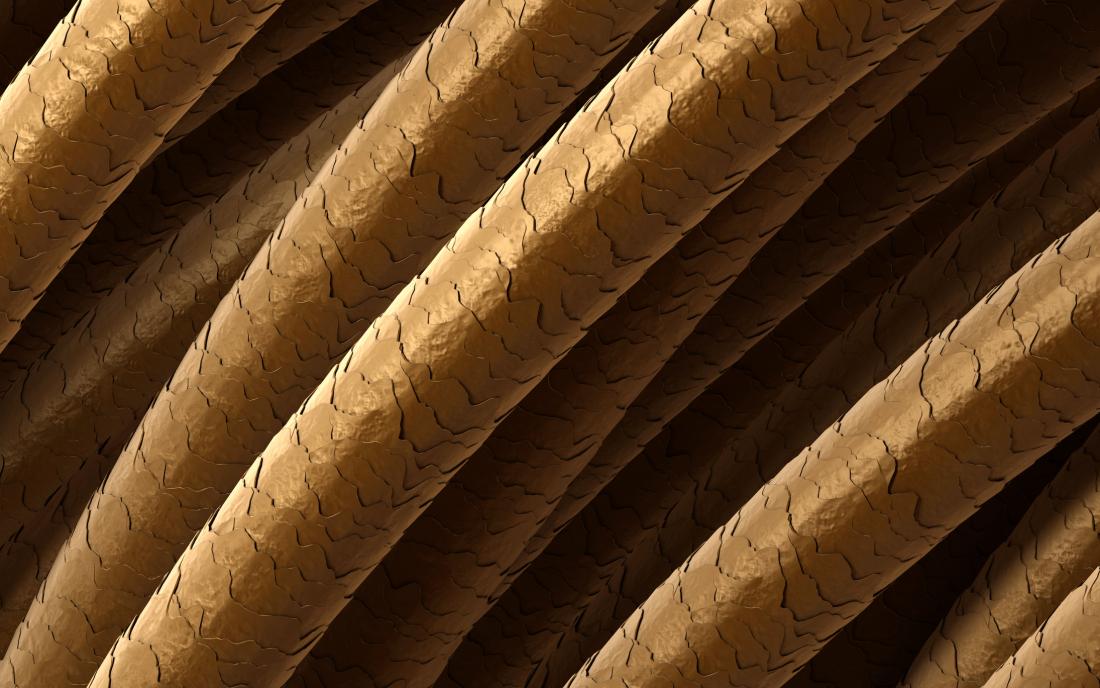Could sonic hedgehog be the answer to hair loss?

When skin is wounded, the hair cannot regrow. In a recent study, researchers ask why this is and whether it can be reversed. They conclude that a signaling pathway called the sonic hedgehog may be critical.
Hair loss comes in many forms. It can be a gradual, gene-driven loss known as male- or female-pattern baldness.
Alternately, it may result from an injury, such as a burn or deep wound.
However the hair has been lost, regrowing it is a technical challenge that has defied researchers since the dawn of science.
In ancient Egypt, for instance, there was a range of unusual regrowth techniques, including rubbing hippopotamus fat into the scalp.
Although science has moved on, it is still only inching toward a solution to hair loss.
The latest study to investigate regrowth was headed by cell biologist Mayumi Ito, Ph.D., an associate professor at the New York University Langone Health center in New York City.
Her team's findings were published this week in the journal Nature Communications.
Finding a new target
The scientists wanted to look for changes in the signaling pathways of damaged skin.
In particular, they were interested in the signaling of fibroblasts, cells that synthesize collagen — a structural protein that supports the shape of hair and skin. Fibroblasts also play an important role in wound healing.
The researchers honed in on the so-called sonic hedgehog signaling pathway, which cells use to communicate. The pathway is active as we develop in the womb, but its activity diminishes significantly after birth.
The sonic hedgehog signaling pathway is vital in the development of fingers and toes and also in the organization of the brain.
Here, it is worth noting that every hair follicle we have as adults developed in the womb; after birth, no new follicles generate. This helps explain why new tissue, such as scar tissue, cannot grow hair.
In their experiments, the researchers kick-started sonic hedgehog signaling in the injured skin of mice.
As expected, within 4 weeks of sustaining the injury, hair regrowth was visible. Within 9 weeks, the hair's root and shaft structures appeared.
"Our results show that stimulating fibroblasts through the sonic hedgehog pathway can trigger hair growth not previously seen in wound healing."
-Mayumi Ito, Ph.D.
